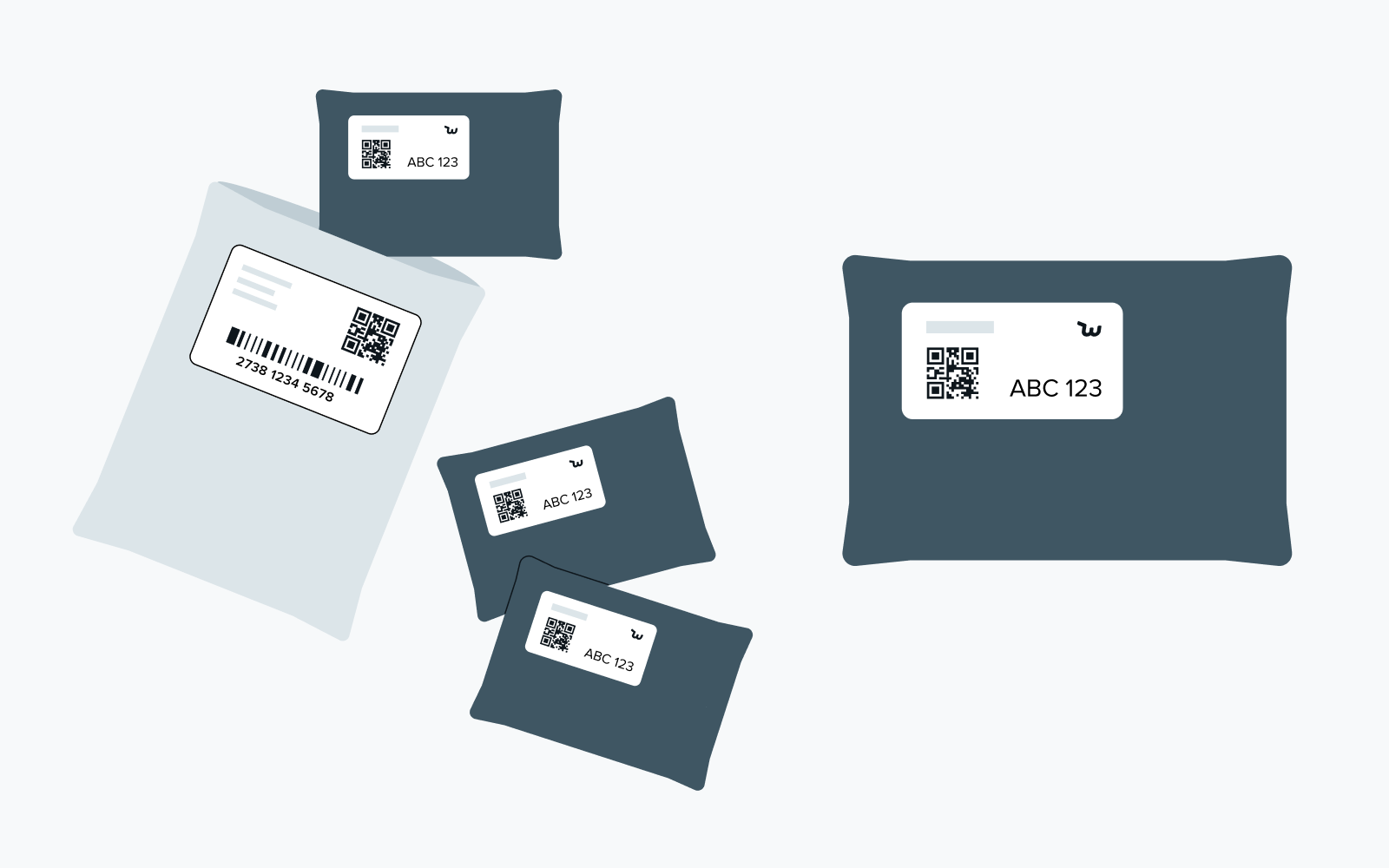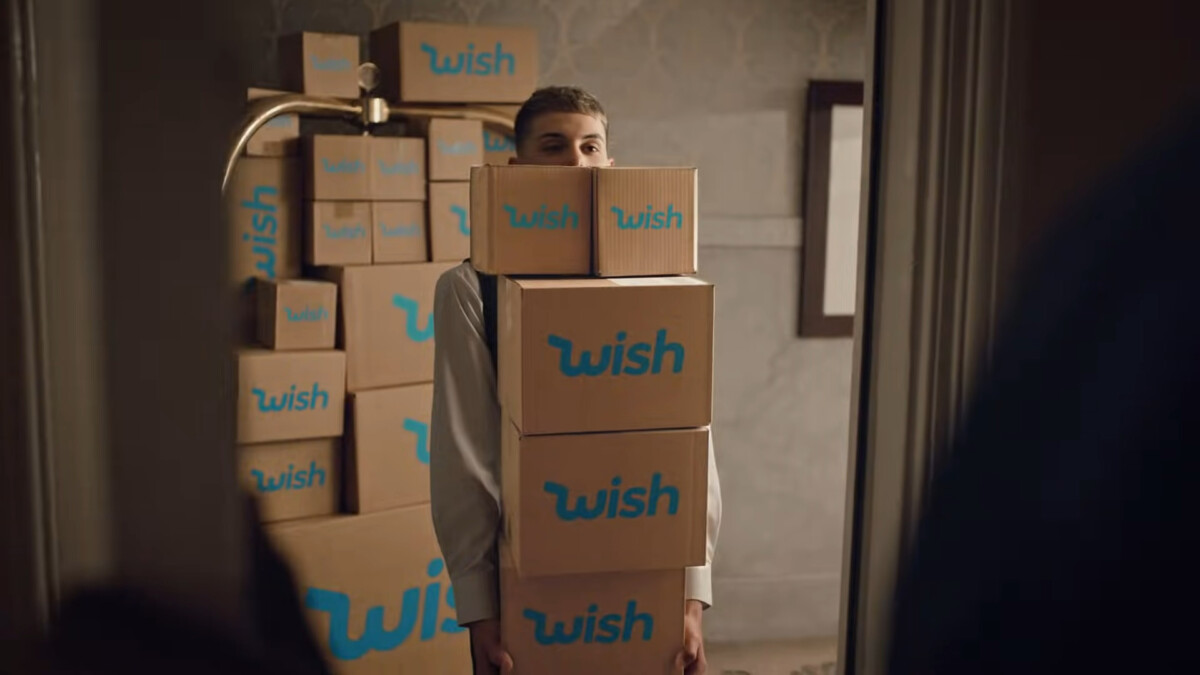Discreet Shipping: What You Need To Know About Package Privacy
Does the outside of a package truly reveal its secrets, or is discretion the new standard in the world of e-commerce? The art of the unrevealing package is more prevalent than you might think, often prioritizing privacy and security above all else.
In a world increasingly dominated by online shopping, the journey of a product from warehouse to doorstep is a complex one, fraught with potential pitfalls. From the moment an item is selected and purchased, a series of decisions are made that will ultimately determine how that item is presented to the recipient. One of the most critical of these is the packaging. While it might seem like a simple matter of containing the product and protecting it during transit, packaging plays a far more nuanced role, particularly when it comes to the sensitive issue of revealing what's inside.
Many of us, caught up in the hustle and bustle of daily life, give little thought to the packaging that surrounds our online purchases. We might glance at the shipping label, but the contents of the box often remain a mystery until the moment of unwrapping. This is no accident. E-commerce businesses have long understood the importance of discretion, whether it's to protect the privacy of the customer, to avoid unwanted attention from prying eyes, or to deter potential theft. The phrase "discreet shipping" has become a common term, representing a commitment to keeping the contents of a package a secret.
This practice is particularly relevant for items that might be considered embarrassing, highly valuable, or simply personal. Imagine the awkwardness of having a neighbor or delivery person know what you've ordered. Or the increased risk of theft if a package screams "expensive electronics" from the curb. The trend towards discreet packaging is, in many ways, a reflection of our evolving attitudes towards privacy and security in the digital age.
The concept of discreet packaging extends beyond simply concealing the contents. It also involves the strategic use of packaging materials. Often, the item itself will be placed inside a plain, unmarked box, devoid of any company branding or product identifiers. This "brown box" approach is a common tactic employed by retailers, particularly those selling items of a sensitive nature. The goal is to create a package that blends in, a package that is unlikely to draw attention or raise suspicion.
For companies like Amazon, the pursuit of discreet shipping takes on a different dimension. While they do offer the option to ship in their own branded packaging, they also provide a way to ship in a plain box, ensuring that the contents remain hidden. This is a conscious choice, reflecting Amazon's understanding of the importance of customer privacy. The customer has control over the level of visibility the packaging provides.
However, the issue of packaging also raises several practical questions. For example, how do employees at fulfillment centers ensure that they don't accidentally reveal the contents of a package? The answer often lies in stringent security measures and protocols. Most facilities have security checks to prevent employees from simply walking out with an item without authorization. Additionally, companies may place the shipping label inside the box for reference, if needed, as Walmart does.
The logistics of managing shipments, particularly for large e-commerce platforms, are complex. Shipments often contain multiple packages for different customers. When these arrive at a local pickup location, like a Wish Local partner store, employees need to check them in using the Wish Local app. This process involves notifying customers that their orders are ready for pickup. Organizing and checking in these packages efficiently is vital for customer satisfaction. The procedure of checking in and organizing packages must be carefully managed to avoid errors and ensure a smooth experience for both the customer and the store.
The question of whether or not a package reveals its contents also applies to platforms like Wish. Does a Wish package broadcast what's inside from the outside? The answer, generally, is no. Wish understands the need for discretion and does not want to reveal the nature of the product inside the box. However, as with all e-commerce, there may be exceptions. Some items, or some sellers, might have different packaging policies.
The pursuit of secrecy in packaging is not without its complexities. Retailers must balance the need for discretion with the need for branding and marketing. Sometimes, they might offer options, such as the ability to select "ship in Amazon packaging" at checkout. Ultimately, the choice is often left to the customer. The company will provide the resources for discreet shipping.
The question of why customers might open packages before their intended recipient is another point of consideration. It's a puzzling practice. Some customers may not understand the reasoning behind discreet shipping and may open packages regardless of the labels on the box. This underscores the challenge of balancing customer privacy with the potential for misunderstanding or confusion.
In the world of shipping and fulfillment, discretion is often more than just a matter of privacy; it is a crucial element of security. By minimizing the information visible on the exterior of a package, companies reduce the likelihood of theft and fraud. This is particularly critical for expensive items or those that might be attractive to thieves. The choice of whether or not to reveal the contents of a package is a strategic one, with implications for both the customer and the business. This is why we see the evolution of packaging towards plain and unmarked boxes, or the option to select discreet shipping at checkout. The trend underscores the importance of privacy and security in the modern world.
Let's also consider the case of Lovehoney, a retailer specializing in adult products. Lovehoney understands the need for privacy and provides discreet shipping, ensuring the contents of the package remain confidential. There are no labels on the box to indicate the contents or the sender, just a "brown box" that conveys the company's commitment to privacy. This level of discretion reflects a clear understanding of customer needs in a niche market.
The need for discretion is also related to the potential for package tampering. The actions of a few individuals can have serious consequences, as exemplified by cases involving employees who tamper with packages, and open them to steal items. This highlights the importance of security protocols. The case involves employees who compromised the security of customer orders for personal gain.
In short, the art of the unrevealing package is an evolving practice, shaped by a complex interplay of customer needs, business considerations, and security concerns. It is a testament to the importance of discretion and privacy in the digital age. Whether it's a matter of customer privacy, the protection of valuable goods, or the prevention of theft, the trend towards discreet packaging is likely to continue.
So, as you await your next online purchase, remember that the plain brown box may be more than just a simple container. It could be a symbol of a commitment to your privacy, a testament to the evolution of e-commerce, and a sign of the times.


